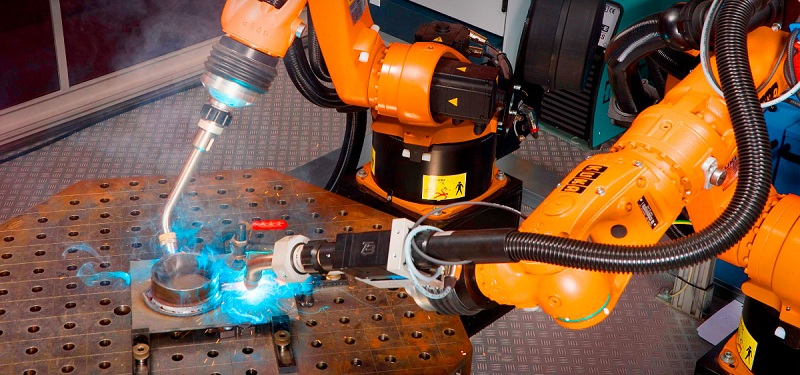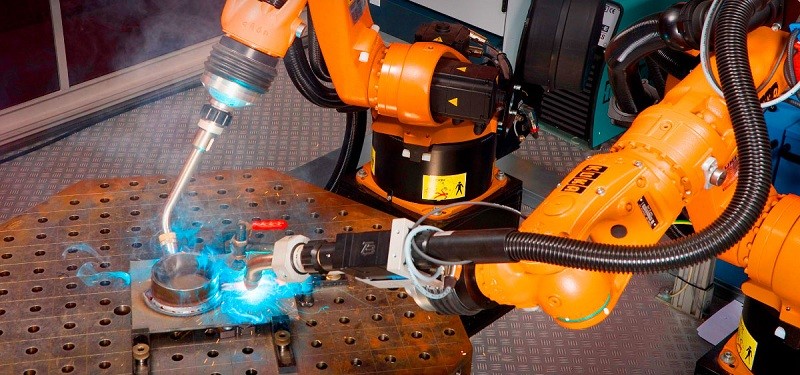Robot Welding: Simple, Personal and Concise Explanation
The heart and soul of the manufacturing industries is welding. The most important advancement regarding welding is robotic services. The welding operations are done by robots and programmed by trained engineers. The best thing about this is the fact that human labor is no longer as much required and this in turn promotes cost-efficiency.
In order to make this simpler for you, I will speak from my personal experience since I have never found a process that is more vital and more reliable than robot welding. I have been over five years into the car manufacturing industry and I remember it clearly that several years ago we had no robots to do the welding. In my third year of working in the company, we finally brought two robots and afterwards a robotic revolution occurred.
Today we have more than 500 welding robots in my department that do over 5000 welds per car. There are four more departments that also use the automation process of robot welding. Most of the robots that are used for welding are actually used for spot welding and probably 60% of the welding robots that are present in my department are spot welding robots. According to the revolutionary factor of these machines, it should go without saying that every car manufacturing industry should make use of the benefits robot welding offers.
The most important sub-task of robot welding is spot welding. Spot welding is used to bound thin metal sheets as in car doors or hoods. The energy is focused on a single spot where two electrodes make direct contact with the metal sheets to be joined. The electrodes are made of copper, because it has low electrical resistance and high thermal conductivity. An important thing to remember is the fact that spot welding is not designed for heavy steel.
In our plant we have a unit that is pneumatic operated spot warning system. It is composed of 75 kVa transformer, electrodes that are water-cooled, and the main electrodes that run over 50,000 amps. If you compare it with my household current that runs on less than 200 amps, you will come to the conclusion that these robots require a lot of power and energy. However, it is not the only factor regarding reliable spot weld – you also need pressure. When two electrodes come together, a pinch occurs between the two metal sheets and a point of culmination I creates in turn causing a small indentation in both. Electric current then begins to pass from one electrode to an another through this spot in the sheet metal.
Although it is for your own benefit to know more about how these robots perfect the process of welding, in my opinion, the most essential thing to remember is the fact that whenever a car industry begins to rely on these machines, the productivity instantly reaches a higher level and increased productivity always means increased profit.

